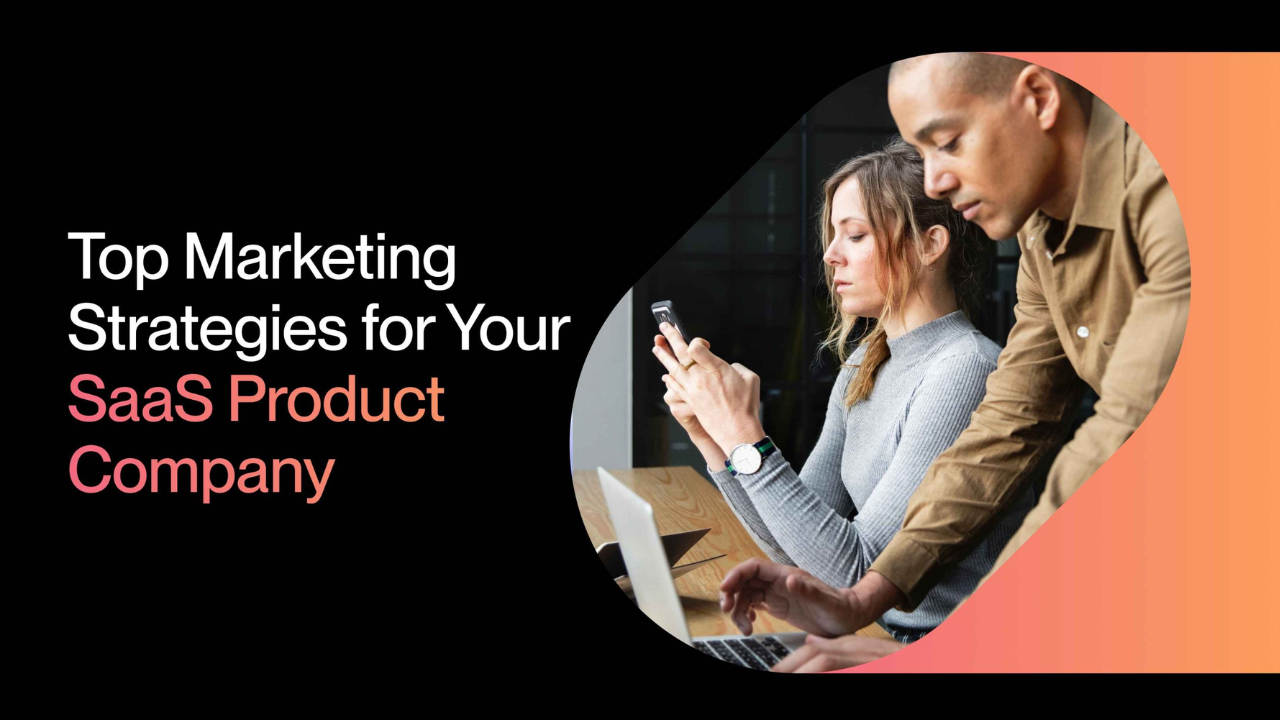Have you taken time recently to think about your SaaS marketing strategy? Like many, it might only come up occasionally; but with how SaaS marketing has developed over time, this should become something to think about regularly. Buyers today expect a personalized experience tailored to fit their specific needs – expect something personalized in response.
Staying competitive requires creating an effective SaaS marketing strategy, not one aimed at simply following current trends, but tapping into long-term growth. Think of it as making wise investments today that will lead to success tomorrow.
Transition to Customer-Centric Marketing
Not too long ago, SaaS marketing involved showing features, tech specs and flashy product demos to prospective clients. But today, it has evolved; instead of focusing on product promotion alone it now involves understanding customer pain points, goals and how your product can assist them to meet those requirements – no longer is this just about you – now it’s about them too.
Think back on recent emails you have received; have you noticed they seem more tailored towards you and address your specific needs, challenges and how this product fits into your life? That is customer-centric marketing at work – more companies are using data to tailor their messages based on when and what content is most likely to get opened, content created specifically for each recipient’s interests or even when potential purchases may become imminent.
Data-Driven Decision Making: an Analytic Approach
When was the last time that your decision-making was guided solely by intuition? Maybe it worked, but chances are, it didn’t. The truth is that data-driven decisions are the only way forward in SaaS marketing. We live in a time where insights from analytics can tell you almost everything you need to know about your audience’s behavior.
Take Google Analytics, for instance. It’s not just a tool for tracking page views anymore. It can give you real-time feedback on how your customers are interacting with your site, which marketing tactics are working, and which ones aren’t. You can A/B test your emails and landing pages to figure out what’s going to grab attention and convert.
The power of data is that it doesn’t lie. It helps you see what your audience really wants, allowing you to refine your marketing efforts and deliver better results over time. This means you’re no longer guessing. You’re making decisions based on hard facts.
Content Marketing as a Core Strategy
If you’re not already doing it, you need to start focusing on content. That’s not just blog posts and white papers either. Content marketing in SaaS is everything from webinars to customer stories to how-to guides. And the best part? It’s all designed to educate your audience, not just sell them something.
Think about it: When you were researching SaaS products, didn’t you look for helpful, informative content before making a decision? Your potential customers do the same thing. They don’t want to be sold right away. They want answers and solutions to their inquiries and problems.
By providing value upfront, content marketing helps build trust. When educating an audience and showing how your product solves their pain points, not only are you not just another vendor; you become their partner. Although time consuming initially, this approach pays dividends in terms of relationships fostered as prospects move through the funnel naturally without feeling like sales tactics are pushing.
Integrate Automation and Customize Features
Technology’s strengths lie in automation; if you haven’t done so already, start considering automating parts of your marketing strategy with tools for lead nurturing, customer journey mapping and targeted email campaigns that help scale efforts without losing personalization.
Marketing automation doesn’t have to mean losing that personal touch – just more people at the right time will receive it! Imagine sending personalized emails based on user behavior or needs without manually creating each one – like having an in-house personal assistant available 24/7 who makes sure each potential lead receives due attention and respect!
By combining automation and data, businesses are able to offer personalized content across an audience base – something that has proven instrumental for SaaS companies looking to optimize their marketing initiatives.
Conclusion
As you embrace these emerging trends – such as personalization, automation and developing value-rich content – do not forget that another avenue to accelerate growth could be the acquisition of smaller tech companies. By purchasing existing businesses that already boast established customer bases and strong products with established track records, you can scale efforts quickly to expand and scale your efforts to new areas of focus. You skip the lengthy process of product development and go straight into a market that’s ready for growth.



